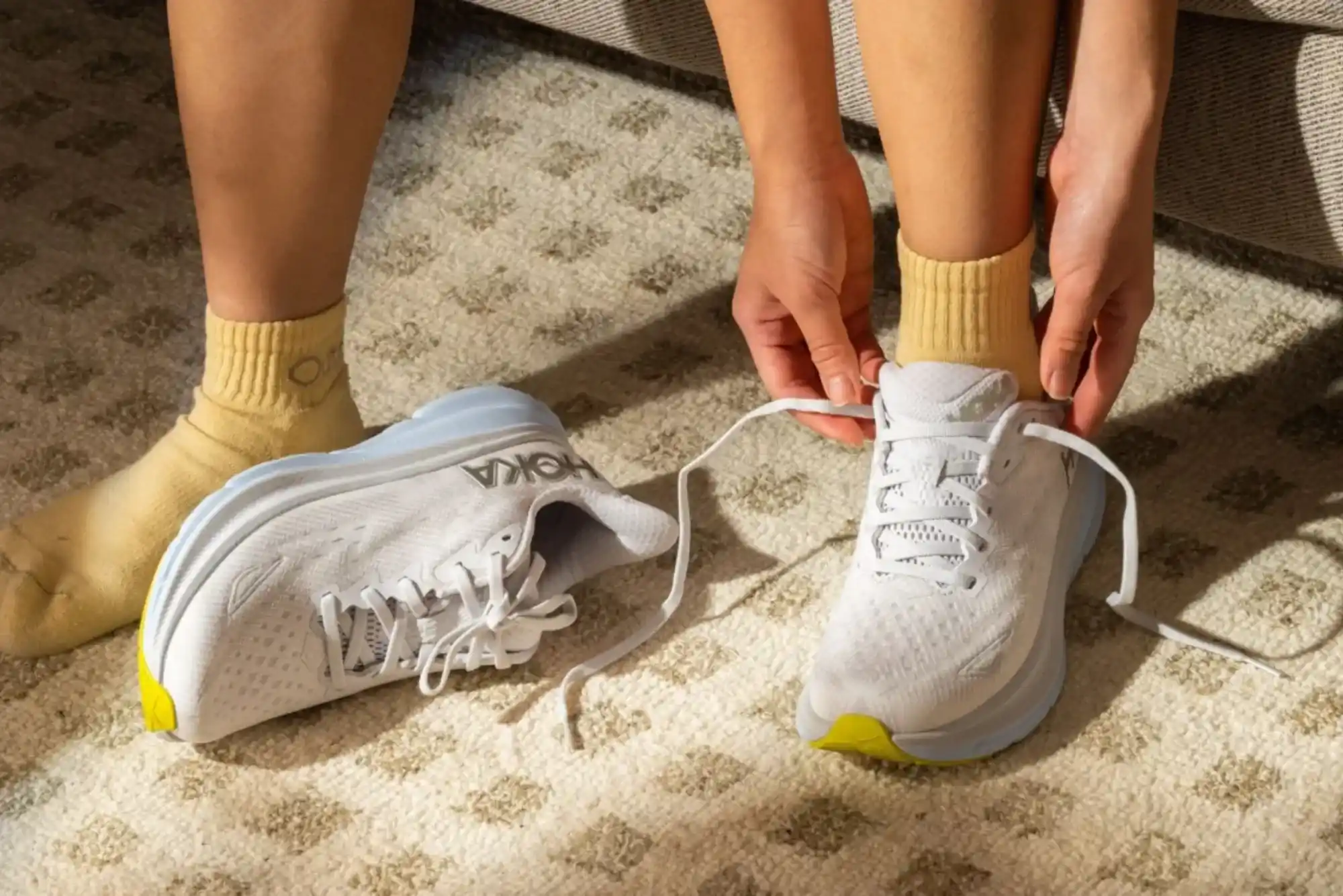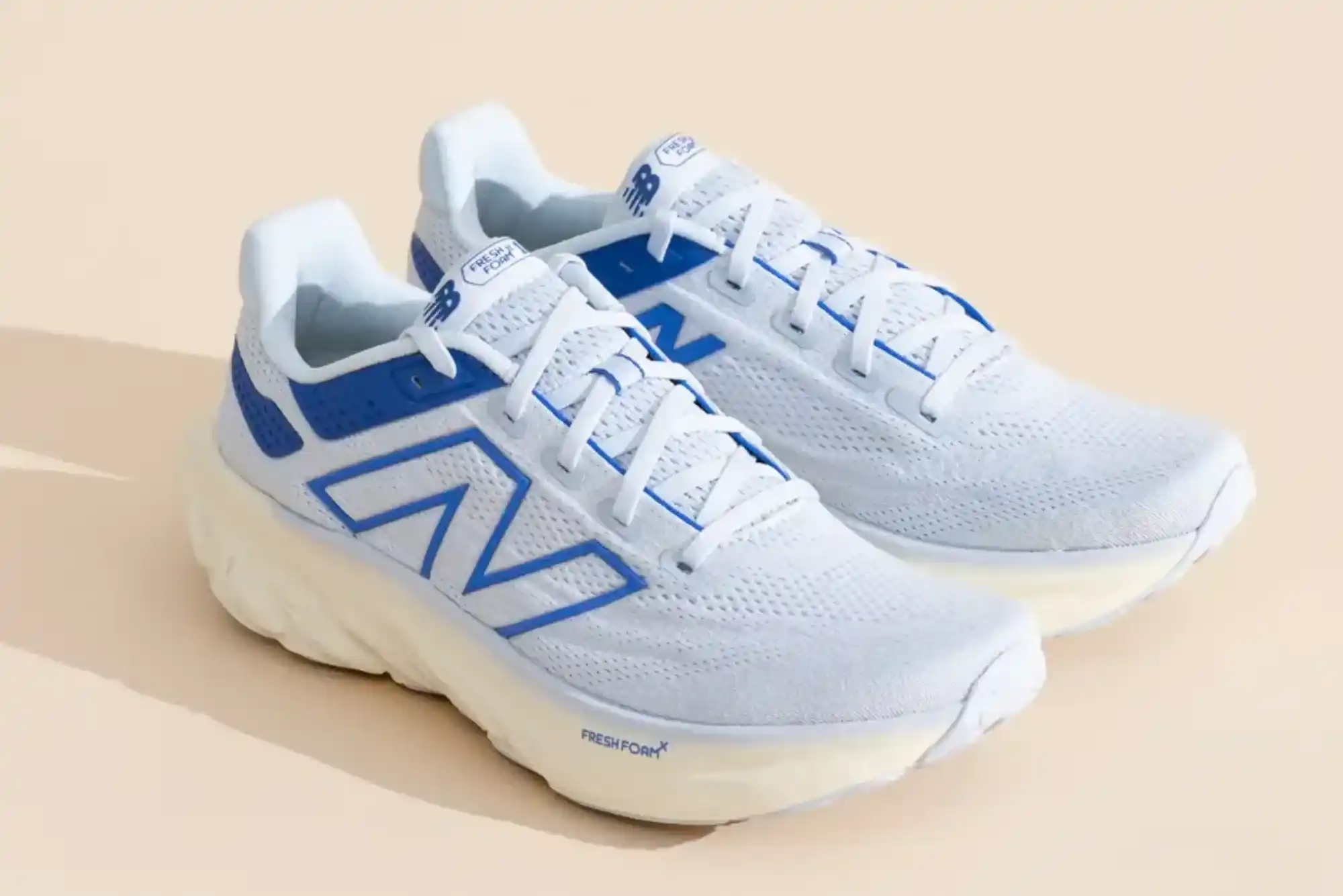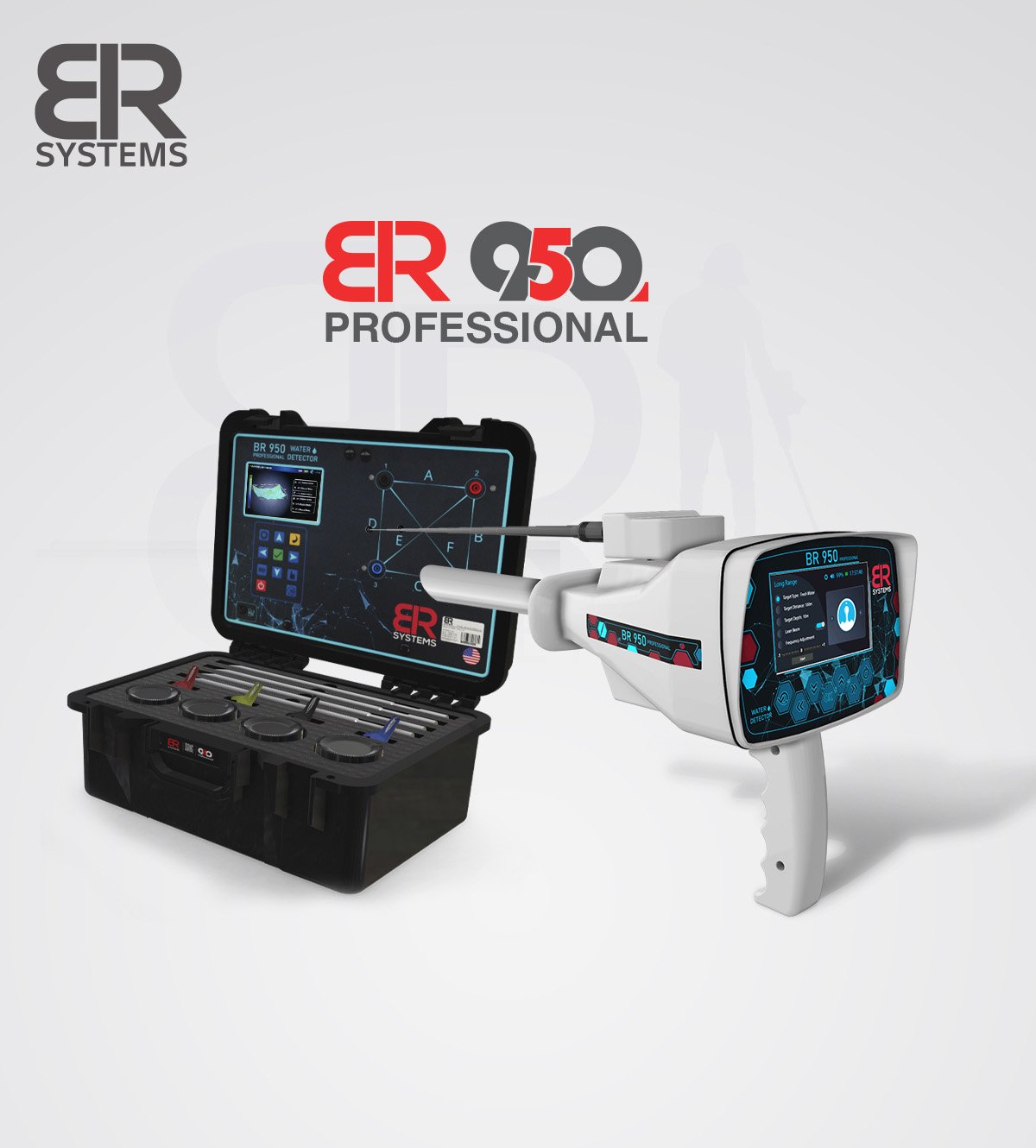Cross elasticity of demand is a fundamental concept in economics that helps to clarify the interrelationship between different products in the market. It specifically measures the responsiveness of the quantity demanded for one product when the price of another related product changes. This concept is particularly useful for businesses and economists as it offers insights into how products can affect each other’s demand, guiding decisions related to pricing, marketing, and product development.
In this article, we will explore the idea of cross elasticity by examining the relationship between two seemingly unrelated products: shoes and fans. Although these items serve very different purposes, analyzing their cross elasticity can reveal interesting dynamics that are often overlooked.
Understanding Cross Elasticity of Demand
Cross elasticity of demand is distinct from other forms of elasticity, such as price elasticity of demand, which measures how the quantity demanded of a good responds to a change in its own price, or income elasticity, which looks at how demand changes with variations in consumer income. Cross elasticity of demand focuses on the interplay between two different products, examining how the price change of one product impacts the demand for another.
For example, if two products are substitutes, such as butter and margarine, an increase in the price of one will typically lead to an increase in the demand for the other. This positive cross elasticity indicates that the products can replace each other in the eyes of consumers.
On the other hand, if two products are complements, like cars and gasoline, an increase in the price of one will usually result in a decrease in the demand for the other, reflecting a negative cross elasticity. If two products are unrelated, changes in the price of one will not affect the demand for the other, resulting in zero cross elasticity.
Analyzing the Cross Elasticity Between Shoes and Fans

When considering the cross elasticity between shoes and fans, it’s essential to acknowledge that these products are generally unrelated. Shoes and fans do not serve similar functions, nor do they typically complement each other in consumer usage. As a result, the cross elasticity between these two products is likely close to zero. This suggests that a price change in shoes is unlikely to have any significant effect on the demand for fans, and vice versa.
However, certain contextual factors might influence this relationship, albeit marginally. For instance, during specific seasons, such as summer, the demand for fans might surge due to increased temperatures. This surge could lead to more foot traffic in stores, where consumers may also consider purchasing other items, such as shoes.
In this scenario, there might be a weak positive cross elasticity between shoes and fans, as the increased demand for fans could indirectly lead to an uptick in shoe sales. However, this relationship is likely to be minor and more reflective of broader consumer behavior rather than a direct correlation between the products.
Factors Influencing Cross Elasticity Between Shoes and Fans
Several factors can influence the cross elasticity between seemingly unrelated products like shoes and fans. Consumer preferences play a significant role, as the way consumers perceive and prioritize these products can affect their demand dynamics.
For example, if consumers view shoes and fans as part of a broader lifestyle choice, such as preparing for the summer season, their demand for both products might be somewhat linked, even if only marginally. This could lead to a minor positive cross elasticity during specific times of the year.
Market segmentation also influences cross elasticity. Different market segments, such as luxury versus basic products, might exhibit varying degrees of cross elasticity between shoes and fans. For instance, high-end consumers might be more inclined to purchase both luxury shoes and designer fans as part of an overall lifestyle choice, whereas budget-conscious consumers may not see a connection between these purchases.
The broader economic context is another critical factor. During economic downturns, consumers might prioritize essential items, such as fans during a heatwave, over non-essential items like shoes. This shift in consumer priorities could lead to a temporary negative cross elasticity between the two products, as the demand for one might decrease while the other remains stable or even increases.
Practical Implications for Businesses
Understanding cross elasticity between products like shoes and fans, even when it is minimal or indirect, can offer valuable insights for businesses. For instance, companies can use cross elasticity data to inform their pricing strategies.
If there is any indication of a positive cross elasticity during specific seasons, businesses might consider bundling offers or cross-promoting products to capitalize on this relationship. For example, a retail store might offer a summer sale that includes discounts on both fans and shoes, thereby boosting overall sales by appealing to consumers preparing for the season.
Marketing strategies can also benefit from an understanding of cross elasticity. Businesses can design targeted campaigns that take advantage of potential cross elasticity between products. For example, a store might highlight the convenience of purchasing both shoes and fans during the summer, encouraging consumers to see the value in buying both items together.
Moreover, product bundling can be an effective way to leverage cross elasticity. If businesses identify any degree of positive cross elasticity between shoes and fans, they could create bundled offers that combine these products at a discounted price. This strategy could attract consumers who are looking for value and convenience, ultimately driving sales for both products.
Linking Cross Elasticity to “Kurta Pajama for Girl 2019”

The concept of cross elasticity can also be applied to fashion trends and related products. For instance, the popularity of kurta pajama for girl 2019 can influence the demand for other related items, such as specific types of footwear or accessories.
If kurta pajama for girl 2019 becomes a popular trend, the cross elasticity between this fashion item and certain types of shoes might become more significant. Retailers could capitalize on this by offering complementary products or by bundling kurta pajamas with matching shoes to increase overall sales.
Similarly, businesses like anna sky spa could benefit from understanding cross elasticity in their service offerings. For example, if there is a trend where consumers prefer to indulge in spa treatments during certain seasons, anna sky spa could collaborate with fashion retailers to offer combined deals. This collaboration could take advantage of cross elasticity, where consumers who purchase kurta pajama for girl 2019 are also more likely to book a spa treatment, thereby increasing revenue for both businesses.
Cross elasticity of demand is a powerful tool for understanding the relationship between different products in the market, even when they appear to be unrelated, like shoes and fans. While the cross elasticity between these two products is likely close to zero, exploring their relationship can still offer valuable insights for businesses looking to optimize their pricing, marketing, and product bundling strategies.










